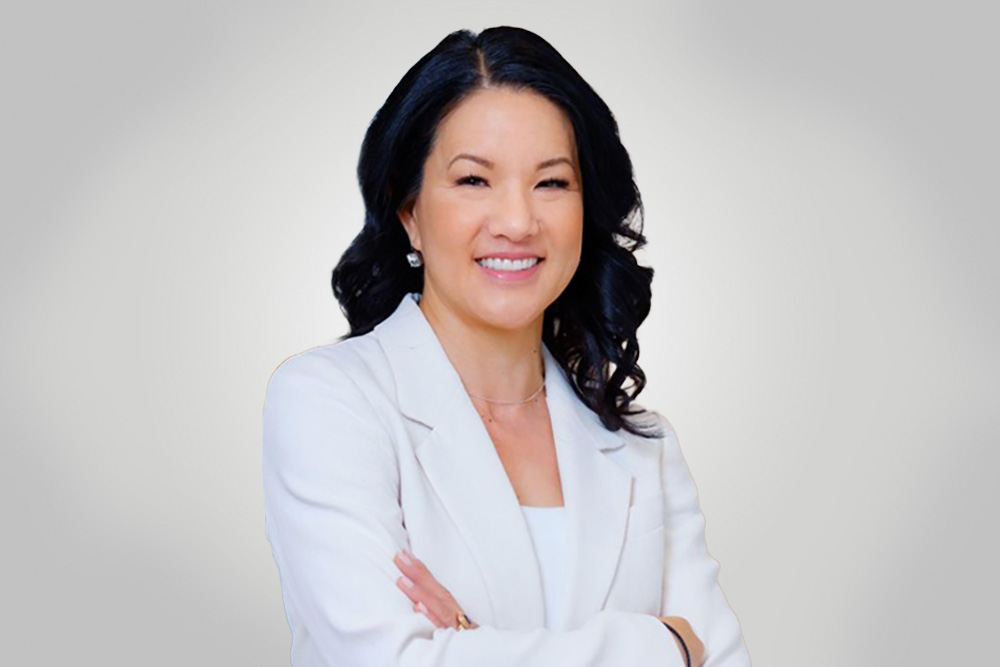In the latest installment of McChrystal Group’s Senior Advisor Interview Series, Mona Dexter touches on her approach to leadership and getting the most out of teams, the demand for new skills among the workforce amid technological advancements, and the importance of workplaces fostering human creativity and innovation.
Mona Dexter is the Vice President of Military and Veteran Affairs at Comcast, leading the company’s efforts to build and develop pipelines of talent, connecting military families to what they need and love through media and experiences, and advancing digital equity and accessibility for veterans and the military community. Previously, Mona served as Chief of Staff and Vice President for the U.S. Chamber of Commerce Foundation Hiring Our Heroes initiative, the nation’s leading service member and military spouse workforce development program.
Dexter touches on a number of topics, including how upskilling and workforce development have evolved rapidly to keep pace with technological advancements.
Q: Can you talk about the importance of adapting to change and embracing growth?
A: One of my favorite phrases is change is inevitable, and growth is optional. It’s crucial to recognize that we can’t always predict what will happen always predict what will happen next, especially in a constantly changing world like today. The key is to respond to change positively and with a learning mindset. Instead of reacting impulsively, it’s important to take a step back, assess the situation, and identify the opportunities for growth. I often work with teams and individuals to break down change into manageable steps and guide them through the process of adapting and learning from it.
Q: How do you approach leadership and communication styles when working with diverse teams?
A: It’s essential to understand that not everyone not everyone responds to the same leadership style to the same leadership style. I believe in taking the time to get to know each team member individually. This involves understanding their communication preferences, strengths, and areas for improvement. By adapting my leadership style to cater to each individual’s needs, I can create an environment where they feel comfortable and empowered to contribute their best. This personalized approach helps build stronger connections and fosters a culture of growth.
Q: Can you explain how your digital equity and impact teams are identifying gaps within the military community’s digital equity, and what specific areas are you focusing on for improvement?
A: Certainly. Our digital equity and impact teams are actively working to understand the gaps within the military community’s digital equity. We are particularly interested in addressing issues related to the aging population in rural areas, determining whether younger veterans need workplace digital skills, and assessing the digital connectivity needs of military families. These aspects collectively form a cross-section of our efforts to promote digital equity and inclusion within the military community.
Q: With the rapid advancements in technology, such as AI, how do you address the need for continuous upskilling and reskilling in the workforce? Are there effective strategies to encourage a mindset of lifelong learning?
A: Continuous upskilling and reskilling are imperative due to the evolving technology landscape. We’re still exploring the best strategies to encourage lifelong learning, especially in the face of AI and other technological shifts. It’s about emphasizing the need for ongoing learning, fostering a culture of curiosity, and creating a narrative that highlights the benefits of staying current in a rapidly changing world.
Q: What role do creativity and innovation play in the workforce? How do you encourage innovation and creativity, especially in industries facing significant technological changes?
A: Innovation and creativity are crucial, especially in industries undergoing technological changes. They are the driving forces behind progress, problem-solving, and adapting to new challenges. Encouraging innovation and creativity involves fostering a culture that values diverse ideas and approaches. Leaders should not only demonstrate innovation themselves but also empower their teams to think creatively and propose innovative solutions. It’s about embracing change and encouraging a forward-thinking mindset across the workforce.




